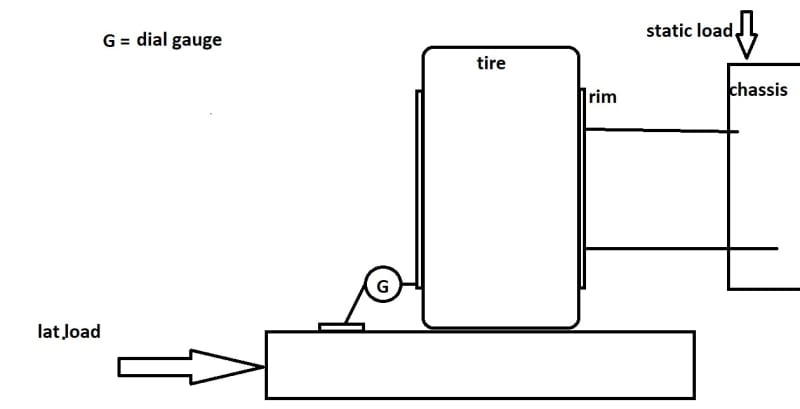sierra4000
Automotive
Hello ,
is possible (helpful) to measure and compare the tire lateral stiffness in garage conditions?
Thank You for ideas and opinions
Radek
is possible (helpful) to measure and compare the tire lateral stiffness in garage conditions?
Thank You for ideas and opinions
Radek

